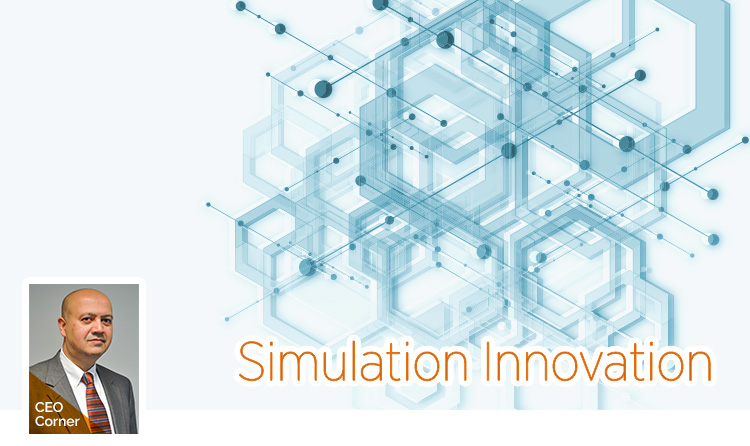Anurag Singh, EMS President and CEO, Shares His Insights on the Need for Innovation in Simulation Training Technologies
Across the healthcare industry, simulation-based training has gone from an educational afterthought to a clinical learning necessity. But simulation is evolving. Expanding use of simulation calls for greater innovation—from versatile, flexible web- and cloud-based technologies, to mobile applications, virtual training platforms, and artificial intelligence (AI).
This demand for innovation is constant. It comes from the educators and sim techs working to train the next generation of healthcare practitioners with dynamic training exercises and clinical curricula. And it comes from the wider simulation industry.
EMS has embraced this forward-thinking attitude by partnering with our customers to develop technologies that grow with their programs to meet the needs of today—and tomorrow.
Recently, this has guided us to expand our suite of companion apps for mobile devices. Data flows fast and must be accessible anytime, anywhere. Companion apps are designed boost return on investment (ROI), enhance key workflows, and extend performance outside the center.
Because learning doesn’t just happen in the classroom, and simulation-based training is no longer limited to center or lab-based environments. Our mobile technology makes it easy for users to conduct simulation training sessions in situ or on the go, and then capture, analyze, and debrief. And with cloud technology, data collected in the field can be seamlessly synced to a central management hub, and securely backed up.
Another important item to consider is how technology maintains legacy data over time. Institutions must meet accreditation requirements to track learners’ clinical skills year over year. With 100% legacy data retention through technology updates and curriculum expansions, users across our platforms can fuse data from all training sources in a single location, expedite data collection, and streamline scheduling, reports and analysis, and inventory—all with the confidence that their simulation management solution is backed by world-class customer support.
Expert-level knowledge; innovative training; advance and end-of-life hardware replacement; software platform upgrades and migration; cloud backup services; and proactive, real-time remote system monitoring consistently help bolster EMS’ customer satisfaction rates in the 98th percentile or higher. Why does this matter? Because our success is our customers’ success.

